Audi – A Legacy of Innovation and Luxury
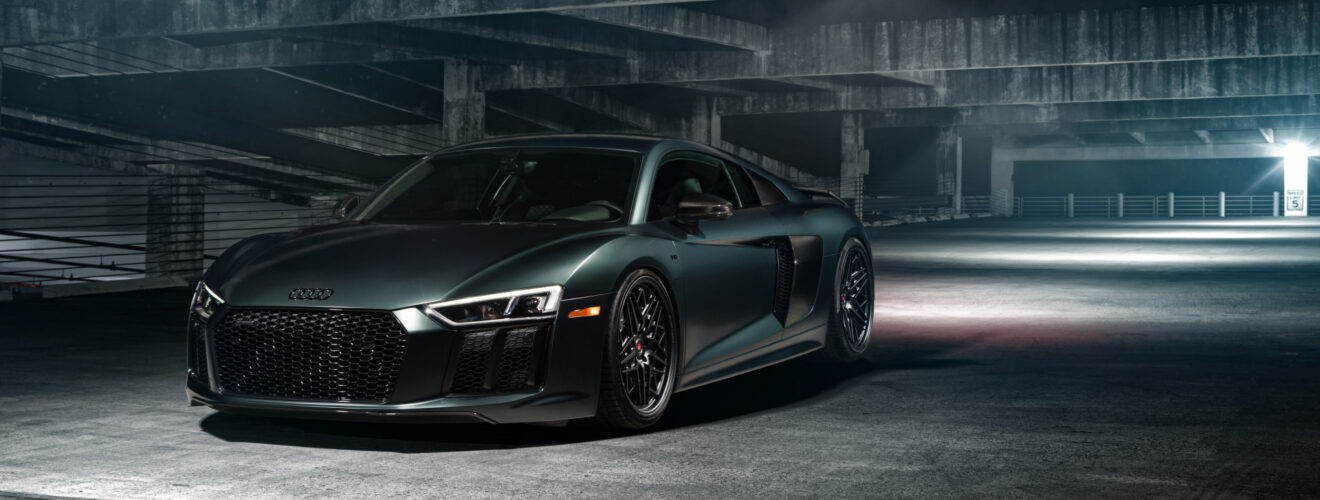
Audi, a prominent name in the automotive industry, has established itself as a symbol of luxury, performance, and innovation since its inception. Founded in 1909 by August Horch, Audi has evolved into one of the most esteemed automobile manufacturers globally, renowned for its sophisticated design, cutting-edge technology, and commitment to excellence. Audi AG (German: [ˈaʊ̯di ʔaːˈɡeː] ⓘ) is a German automotive manufacturer of luxury vehicles headquartered in Ingolstadt, Bavaria, Germany.
Founder of Audi
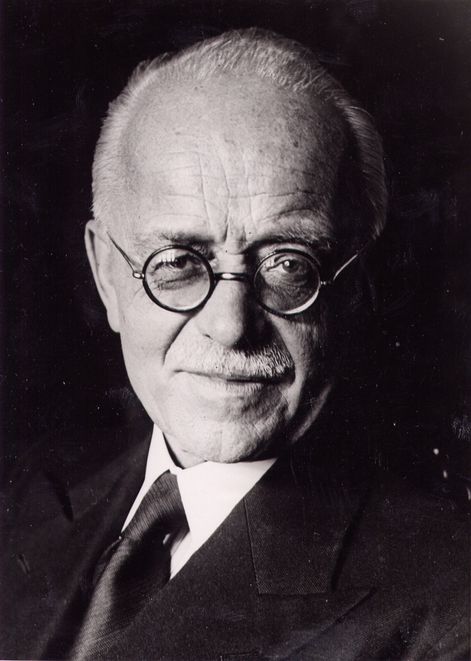
- August Horch
In the Beginning
On 14 November 1899, August Horch (1868–1951) established the company A. Horch & Cie. in the Ehrenfeld district of Cologne. In 1902, he moved with his company to Reichenbach im Vogtland. On 10 May 1904, he founded the August Horch & Cie. Motorwagenwerke AG, a joint-stock company in Zwickau (State of Saxony).
After troubles with Horch chief financial officer, August Horch left Motorwagenwerke and founded in Zwickau on 16 July 1909, his second company, the August Horch Automobilwerke GmbH. His former partners sued him for trademark infringement. The German Reichsgericht (Supreme Court) in Leipzig, eventually determined that the Horch brand belonged to his former company.
Early Years and Foundation
The Audi story begins with August Horch, a visionary engineer with a passion for automobiles. After establishing Horch & Cie. Motorwagenwerke AG in 1904, Horch encountered disagreements with the company’s board and subsequently parted ways to form his own venture. In 1909, he founded Audi Automobilwerke GmbH in Zwickau, Germany, laying the foundation for what would become an automotive powerhouse.
Model Introduction
In the mid-to-late 1990s, Audi introduced new technologies including the use of aluminium construction. Produced from 1999 to 2005, the Audi A2 was a futuristic super mini, born from the Al2 concept, with many features that helped regain consumer confidence, like the aluminium space frame, which was a first in production car design. In the A2 Audi further expanded their TDI technology through the use of frugal three-cylinder engines. The A2 was extremely aerodynamic and was designed around a wind tunnel. The Audi A2 was criticised for its high price and was never really a sales success but it planted Audi as a cutting-edge manufacturer. The model, a Mercedes-Benz A-Class competitor, sold relatively well in Europe. However, the A2 was discontinued in 2005 and Audi decided not to develop an immediate replacement.
Audi AG Today
Audi’s sales grew strongly in the 2000s, with deliveries to customers increasing from 654,000 in 2000 to 1,004,000 in 2008. The largest sales increases came from Eastern Europe (19.4%), Africa (17.4%) and the Middle East (58.3%). China in particular has become a key market, representing 107,500 out of 700,000 cars delivered in the first three quarters of 2009. One factor for its popularity in China is that Audis have become the car of choice for purchase by the Chinese government for officials, and purchases by the government are responsible for 21.2% of its sales in China. As of late 2009, Audi’s operating profit of €1.17 billion ($1.85 B) made it the biggest contributor to parent Volkswagen Group’s nine month operating profit of €1.5 billion, while the other marques in Group such as Bentley and SEAT had suffered considerable losses. May 2011 saw record sales for Audi of America with the new Audi A7 and Audi A3 TDI Clean Diesel. In May 2012, Audi reported a 10% increase in its sales from 408 units to 480 in the last year alone.
The Audi Icon
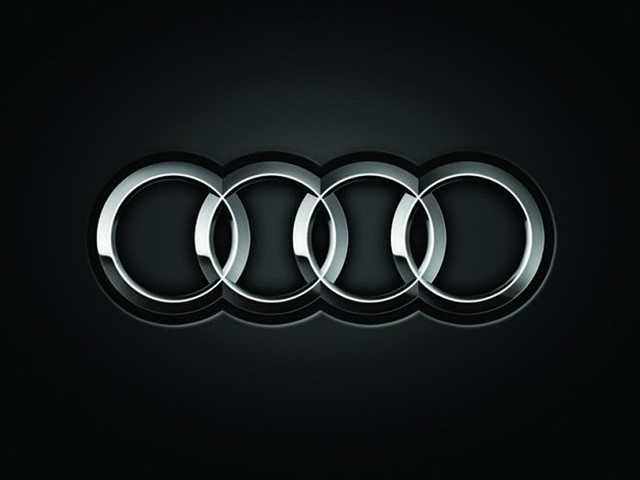
Audi’s iconic four-ring emblem symbolizes the amalgamation of four distinct automobile manufacturers Audi, DKW, Horch, and Wanderer – under the umbrella of Auto Union AG in 1932. This merger consolidated the expertise and resources of these brands, laying the groundwork for Audi’s future success. The four rings represent the unity and collective strength of these entities, forging a new path in automotive history.
Innovation and Technological Advancements
Throughout its history, Audi has been at the forefront of automotive innovation, pioneering advancements in engineering, safety, and performance. From the introduction of the quattro all-wheel-drive system in the 1980s to the development of lightweight aluminum space frames and groundbreaking hybrid and electric vehicles, Audi continues to push the boundaries of what is possible in automotive design and technology.
Design and Layout
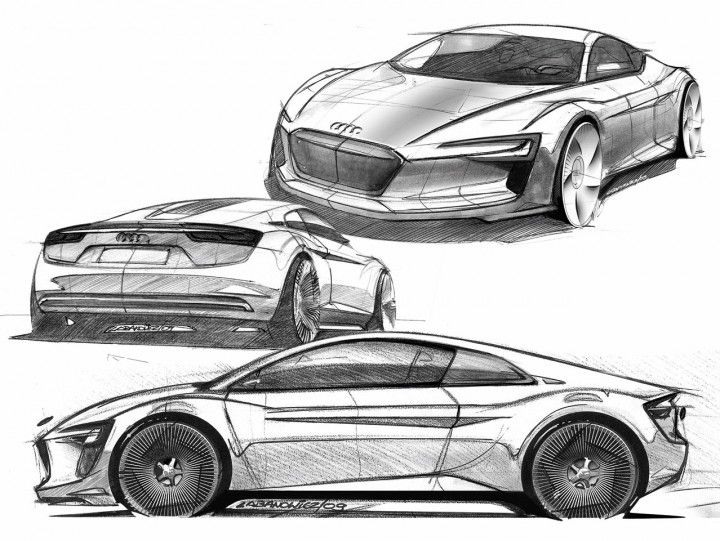
Audi’s design philosophy is characterized by a perfect balance of elegance, athleticism, and attention to detail. From the sleek lines of the Audi A7 Sportback to the bold stance of the Audi Q8 SUV, each model embodies the brand’s commitment to timeless aesthetics and aerodynamic efficiency. The company’s commitment to craftsmanship is evident in every aspect of its vehicles, from the meticulously crafted interiors to the precision engineering under the hood. For most of its lineup (excluding the A3, A1, and TT models), Audi has not adopted the transverse engine layout which is typically found in economy cars (such as Peugeot and Citroën), since that would limit the type and power of engines that can be installed. To be able to mount powerful engines (such as a V8 engine in the Audi S4 and Audi RS4, as well as the W12 engine in the Audi A8L W12), Audi has usually engineered its more expensive cars with a longitudinally front-mounted engine, in an “overhung” position, over the front wheels in front of the axle line – this layout dates back to the DKW and Auto Union saloons from the 1950s. But while this allows for the easy adoption of all-wheel drive, it goes against the ideal 50:50 weight distribution
Audi Engine
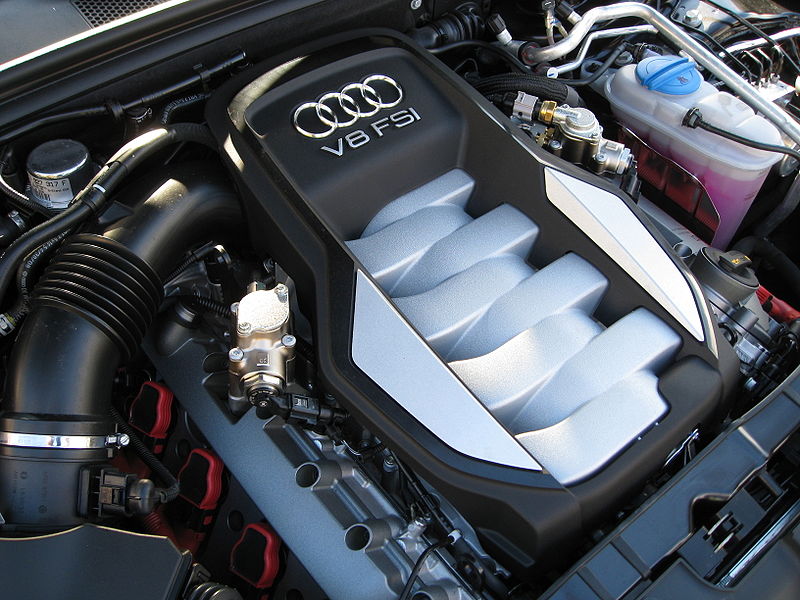
Prior to the introduction of the Audi 80 and Audi 50 in 1972 and 1974, respectively, Audi had led the development of the EA111 and EA827 inline-four engine families. These new power units underpinned the water-cooled revival of parent company Volkswagen (in the Polo, Golf, Passat and Scirocco), whilst the many derivatives and descendants of these two basic engine designs have appeared in every generation of VW Group vehicles right up to the present day. In the 1980s, Audi, along with Volvo, was the champion of the inline-five cylinder, 2.1/2.2 L engine as a longer-lasting alternative to more traditional six-cylinder engines. This engine was used not only in production cars but also in their race cars. The 2.1 L inline five-cylinder engine was used as a base for the rally cars in the 1980s, providing well over 400 horsepower (300 kilowatts) after modification. Before 1990, there were engines produced with a displacement between 2.0 L and 2.3 L.
Sustainability and Electric Future
As the automotive industry shifts towards sustainability and electrification, Audi has embraced the challenge by investing heavily in electric mobility. The Audi e-tron lineup, including the e-tron SUV and e-tron GT, represents the brand’s commitment to sustainable transportation without compromising on performance or luxury. With ambitious plans to electrify its entire lineup in the coming years, Audi is poised to lead the charge towards a more sustainable automotive future.
Global Presence and Market Leadership
With a presence in over 100 markets worldwide, Audi has established itself as a global leader in the luxury automotive segment. From the bustling streets of New York City to the scenic landscapes of the Swiss Alps, Audi vehicles are synonymous with prestige, sophistication, and performance. The brand’s unwavering commitment to quality and customer satisfaction has earned it a loyal following of enthusiasts and drivers alike, ensuring its continued success in an ever-evolving industry.
Conclusion
In conclusion, Audi’s rich heritage, commitment to innovation, and dedication to excellence have cemented its position as one of the world’s premier automotive brands. From its humble beginnings over a century ago to its current status as a global leader in luxury and performance, Audi continues to push the boundaries of what is possible in automotive engineering and design. As the industry evolves and new challenges arise, Audi remains steadfast in its pursuit of automotive excellence, driving towards a future defined by innovation, sustainability, and unparalleled luxury.








